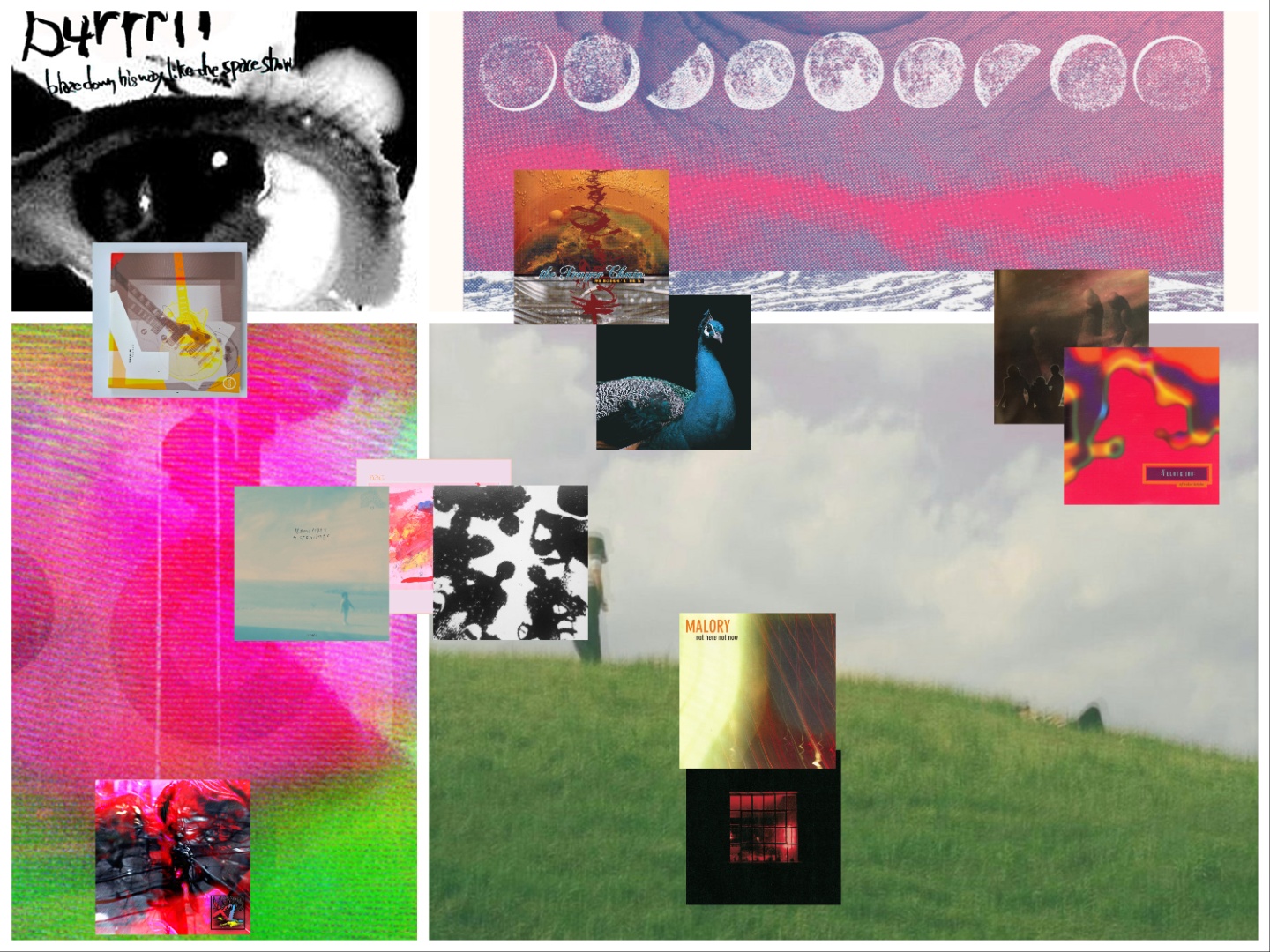With the blaring hot sun of summer in full force and our collective tongues aching for exotic icecream flavors, what music to better listen to these days than shoegaze?
Drenched in colorful reverb and caked in distorted frequencies, the ethereal genre fits the season perfectly. Yet for all its sonic formlessness and theoretic definitives, in discourse it’s also been surprisingly static. Reading the inevitable cumulative lists that declare the “top shoegaze albums”, it’s often the same old: following the familiar trifecta of Loveless, Souvlaki and Nowhere (often exactly in that order), is another 20 of classics (some of which are strikingly more “alternative” than shoegaze – looking at you, Catherine Wheel), before the lists disintegrate into countless “adjacent” and “shoegaze-influenced” releases that barely even allow to make an argument for their inclusion.
This has led to much critical derision of the usual suspects that shoegaze is dead, that shoegaze isn’t a valid movement in the eyes of music history, that shoegaze is, well, boring. Nothing could be further from the truth.
In fact, shoegaze has been alive through the decades, evolved and shifted through many iterations and even adapted itself to the cultural canon of various national identities – just look at the French birth of what’s now called blackgaze, or the Czech wave of shoegaze bands like Naked Souls and Ecstasy of Saint Theresa. The genre has seen a constant resurgence in the underground, often ignored by critics who favoured to write about what larger labels would herald as contemporary trends, only to see those figures reclaiming shoegaze as a direct influence. All of this is witness to the uneasy relationship the genre has with music journalism, which constructed the somewhat reductive descriptor in the first place, much to the chagrin of the British groups at the sound’s forefront.
It would be easy to compile another “top 25”, and just reiterate the same old tropes of idolatry and nerdgasms, so why not turn things around a little? With formerly obscure groups such as Swirlies or All Natural Lemon & Lime Flavors now quite present in the canon, I spent the past weeks listening to countless records associated with shoegaze – most of them completely unknown. I came across so many buried treasures that the initial idea of just writing about a few individual albums soon ballooned into something larger.
Indeed, this list of 15 records could have easily been one of 25, or 30, or 50. But I chose to direct the focus to a handful of – what I consider to be – noteworthy, enjoyable, unique and innovative releases who mirror the possibilities of what remains a very ignored genre, with plenty diverging pathways. Sorted by release year, I want to invite readers to investigate how adventurous shoegaze can be, how reductive the perspectives on it in mainstream discourse are, and – most of all – provide a poignant soundtrack for the summer of 2023.
Listen to a Spotify playlist of selected tracks from these albums
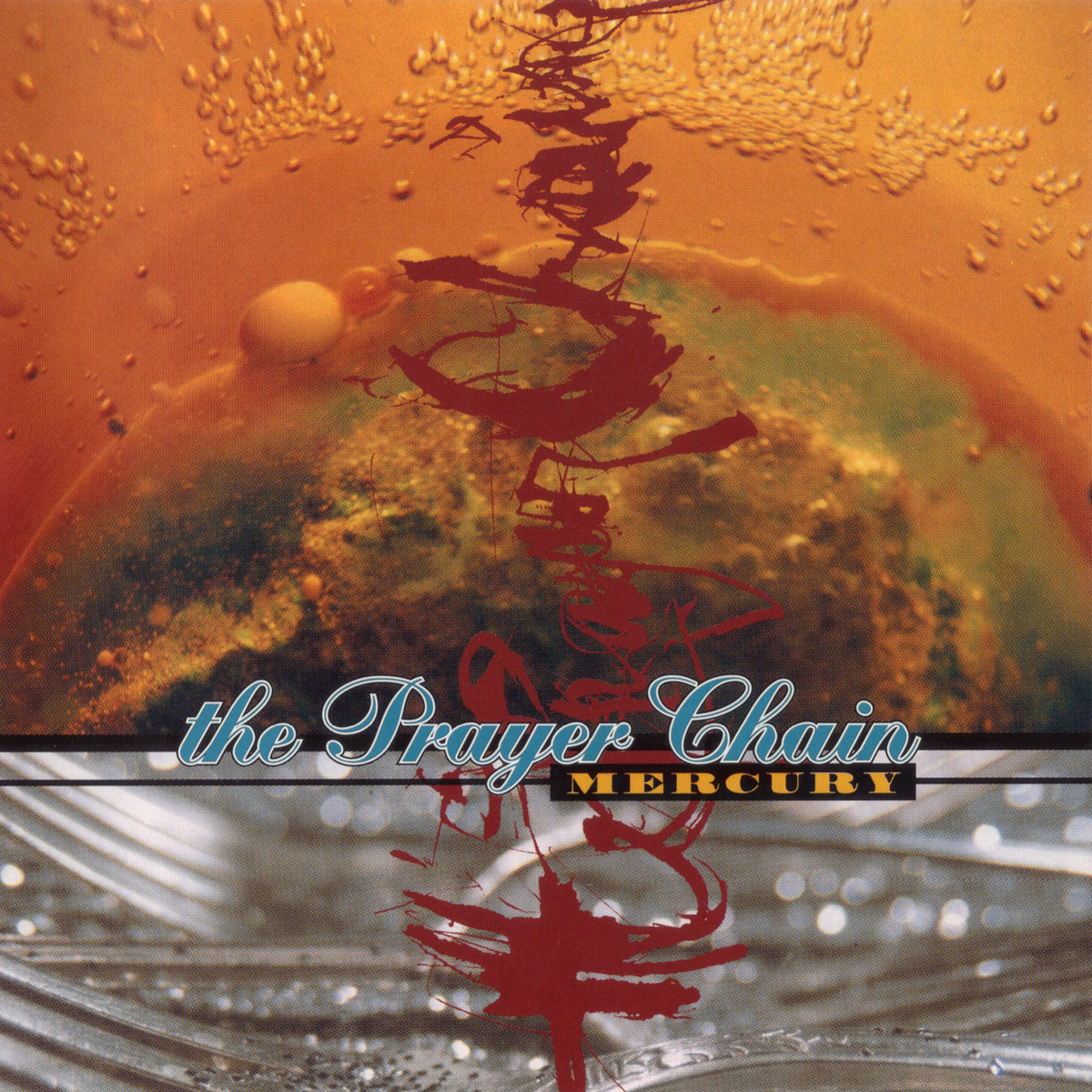
THE PRAYER CHAIN – Mercury
(USA, 1995)
Christian shoegaze is a fascinating subset of the genre, with countless entries spanning from popular classics (Starflyer 59’s “Gold” has long been canonized) to thoroughly obscure. The Californian four-piece The Prayer Chain belong to the latter, but are deserving of more: the muscular, metallic shoegaze here is reminiscent of Swervedriver, at times dipping close to the psychedelic sounds of Smashing Pumpkins’ Gish. A lost classic of the 90s – the pseudo 4AD-style cover included – it’s the closest Alternative-leaning Shoegaze on this list, but with songs like “Grylliade”, “Mercury” and “Manta Rae” it deserves to be here.
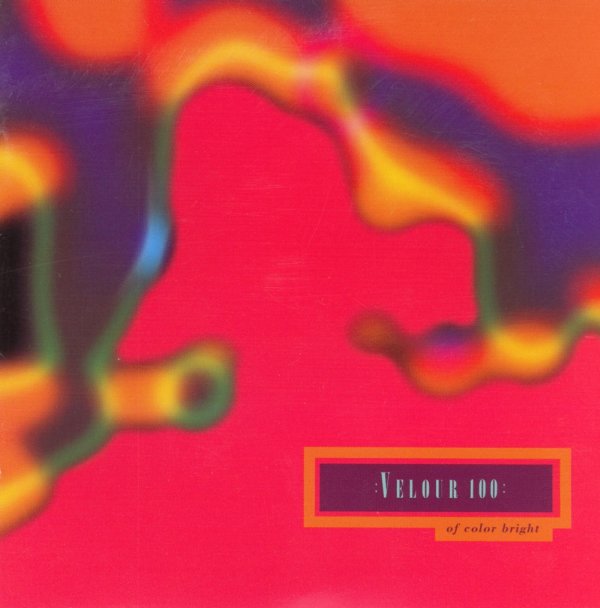
VELOUR 100 – Of Color Bright
(USA, 1997)
Songs titled “Under Heaven” and “Shine”? Pseudo-4AD-artwork? David Bazan of Pedro the Lion? Yes, Velour 100 are another Christian shoegaze band, but contrary to this list’s precursor’s heavy styles, their sound is more adjacent to Lush and Lillies (ca. Eccsame the Photon Band), other times drifting towards Red House Painters and Mazzy Star.
Seductively weaving their songs into a grand tapestry of 90s landscapes that don’t shy away from massive guitar-laden climaxes, Of Color Bright documents the development of more dreampop-inspired American shoegaze, successfully bridging the gaps to slowcore and quieter alternative-leaning bands.

MISS BLISS – Warm Sounds From a Cold Town
(USA, 1998)
This obscure Michigan four-piece’s second album rivals The Verve’s A Storm in Heaven and Pale Saints’ In Ribbons in how spacey their dub-infused shoegaze compositions develop. With the instruments singing in unison, then breaking down into quieter passages of jangle, it recreates a genuinely British shoegaze-sound that almost became extinct after the mid-90s. Granted, on “Slow Children”, “Sigh” or “So Softly”, vocalist Mike Gill is far from Richard Ashcroft’s swagger, but his quiet voice is incredibly pleasant and fitting. A brilliant record, Warm Sounds From a Cold Town has seemingly been forgotten and deserves a second life in American shoegaze retrospection.

MALORY – Not Here, Not Now
(Germany, 1999)
It’s borderline creepy how perfectly Malory managed to replicate Slowdive’s palette of Just For A Day with their debut full length. Tell anyone that “Spring” is the lost B-Side to “Catch the Breeze” and they will likely believe you. But considering that songs like “Dany”, “Just Be” and “Beauty” are masterpieces of musicianship and production techniques, Not Here, Not Now stands firmly on its own and defies any potential critique of pastiche.
Malory would go on to experiment with electronica and more complex approaches to the genre on their later albums, but their debut should be listed among the best of the genre – they’re more than ‘just’ the German Slowdive.

ZZZAAM (잠) – Siesta (낮잠)
(South Korea, 2001)
Combining the distorted, psychedelic folk of The Velvet Underground with the guitar washes of Slowdive and Pale Saints and the hazy vocals of Kevin Shields, Seoul’s zzzaam created a sound that is wholly unique – the closest comparison would be Les Rallizes Dénudés, but zzzaam are hazier and not quite as shrill. “Blurredly”, “Siesta” and “Flu” are great examples of just how far the genre can be stretched, and how deserving of praise zzzaam are as a band. A mysterious and intriguing listen, Siesta sounds like no other shoegaze album, yet is clearly ingrained in the core dynamics of its aesthetics and should be on every aficionado’s radar.

GUI.TAR – Sunkissed
(Germany, 2002)
If Malory are Germany’s Slowdive, then Gui.tar are their My Bloody Valentine. Picking up where Loveless left off with “Soon”, Sunkissed is almost wholly assembled from Michael Lückner’s guitar samples and drum machine beats, while Ayako Akashiba’s vocals eerily resemble Bilinda Butcher’s tone. Hypnotic and fitting the transparent futurism of Y2k aesthetics (just look at the cover-art for reference), the record feels shockingly ahead of its time, emitting a surreal glow that is both familiar and totally alien. “Feel Flows Free”, “Sunkissed” or “How So Bright Of Universe” should be on any shoegaze mixtape, if only to show a potential alternate future where “Soon” dominated the worldwide charts.
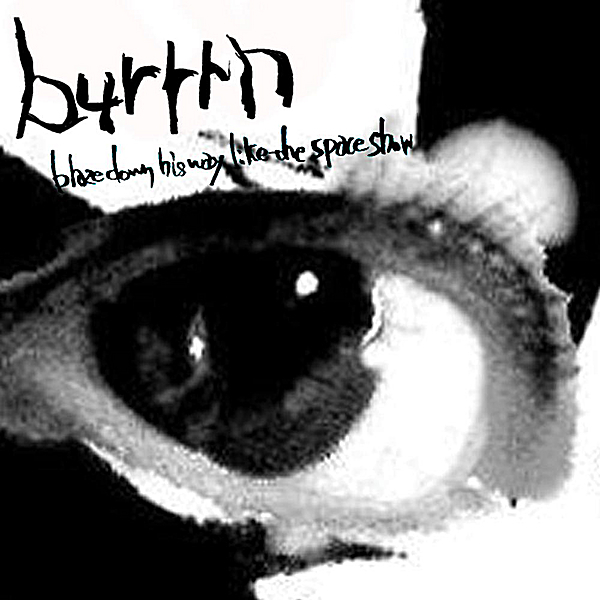
BURRRN – Blaze Down His Way Like the Space Show
(Japan, 2011)
Considering how well documented Japanese shoegaze has become (with Walrus, Tokyo Shoegazer, My Dead Girlfriend and Coaltars of the Deepers being incredibly popular), it’s surprising how obscure Tokyo’s Burrrn are. Their sole record is an energetic, noisy and punchy affair, with Hitomi Torii’s angelic vocals drifting ethereally over distortion heavy guitar layers. With a sound that marries Pale Saints’ nuances with Candy Claws’ psychedelic bossa nova and 60s pop obsessions, Blaze Down His Way Like the Space Show can be seen as a trailblazer, preceding contemporary shoegaze trends, and often besting their successors.
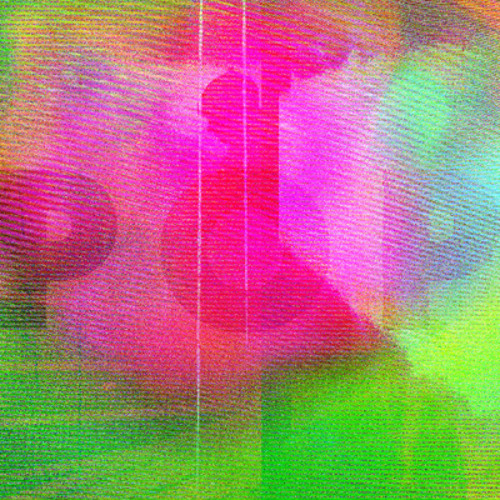
CAROUSELS – Pop
(UK, 2013)
The only excuse the world has for their ignorance of Pop is that it came out the same year as mbv; because, really, Cambridge’s Carousels have managed to create an album that sounds like the lovechild of Loveless and Siamese Dream. Tell me “Sweet Honey” doesn’t sound like a lost Billy Corgan song, and I’ll gladly accuse you of lying. “All I Could Do” and “Here To Me” sound exactly like a 1995-era follow-up to Loveless” and the various dance-beat driven songs fit with Shields’ interests to experiment with electronic music that would manifest on “wonder 2”. There’s no way to argue against the obvious: Pop is a shoegaze masterpiece that deserves in any top-10 list of the genre. Let’s hope that, like MBV, Carousels will make a surprise return, because this being their sole album is a tragedy.

DEAFCULT – Auras
(Australia, 2017)
Combining the aesthetics of Slowdive’s core mechanics with a sun-drenched sound of delay heavy guitars, the Brisbane six-piece debut record has all the hallmarks of a classic shoegaze record. Rich in memorable melodies and contemporary broadband sound, it’s quite surprising it didn’t pick up with larger audiences, remaining a bit of a cult release. While it certainly doesn’t reinvent the dynamics of the genre – at most it adds some drum machines and garbled synths to the mix – , with songs like “Rubix”, “Indigo Children”, “Judy”, the “Soon”-ish “Here be Death” and cute standout “Urusai” it easily deserves a spot among the top tier.

FOLLOWS – Nyctophile
(Thailand, 2018)
The dynamic, post-rock infused Nyctophile finds its closest sibling in Deafheaven’s punchy Infinite Granite, but the Bangkok based six-piece is nowhere near the blackgaze trend. Instead, they deliver an incredibly complex push-pull dynamic that bathes the album’s seven quiet compositions in explosive noise climaxes, building the individual songs as short narratives of urban melancholy intersecting with euphoria, often ripping into muscular final sections. I can’t say that I know many Thai bands, but I can’t imagine a world where Follows don’t stand out among the best the country has to offer.

THEY ARE GUTTING A BODY OF WATER – Destiny XL
(USA, 2019)
Likely the most well-known entry on this list, Philadelphia’s They Are Gutting a Body of Water combine pieces that could have fit on Isn’t Anything with short electronic interludes. There’s a playful and experimental nature to those pieces, which could be recorded on a Casio keyboard in teenage bedrooms, that they fit with the confident punk-strut of songs like “texas instruments” and “double apple”, allowing for a cohesive listening experience. Destiny XL is so assured in itself and brimming with raw talent that it ends up like no other shoegaze record I’ve encountered. It’s an easy pick for a possible future classic of its era.
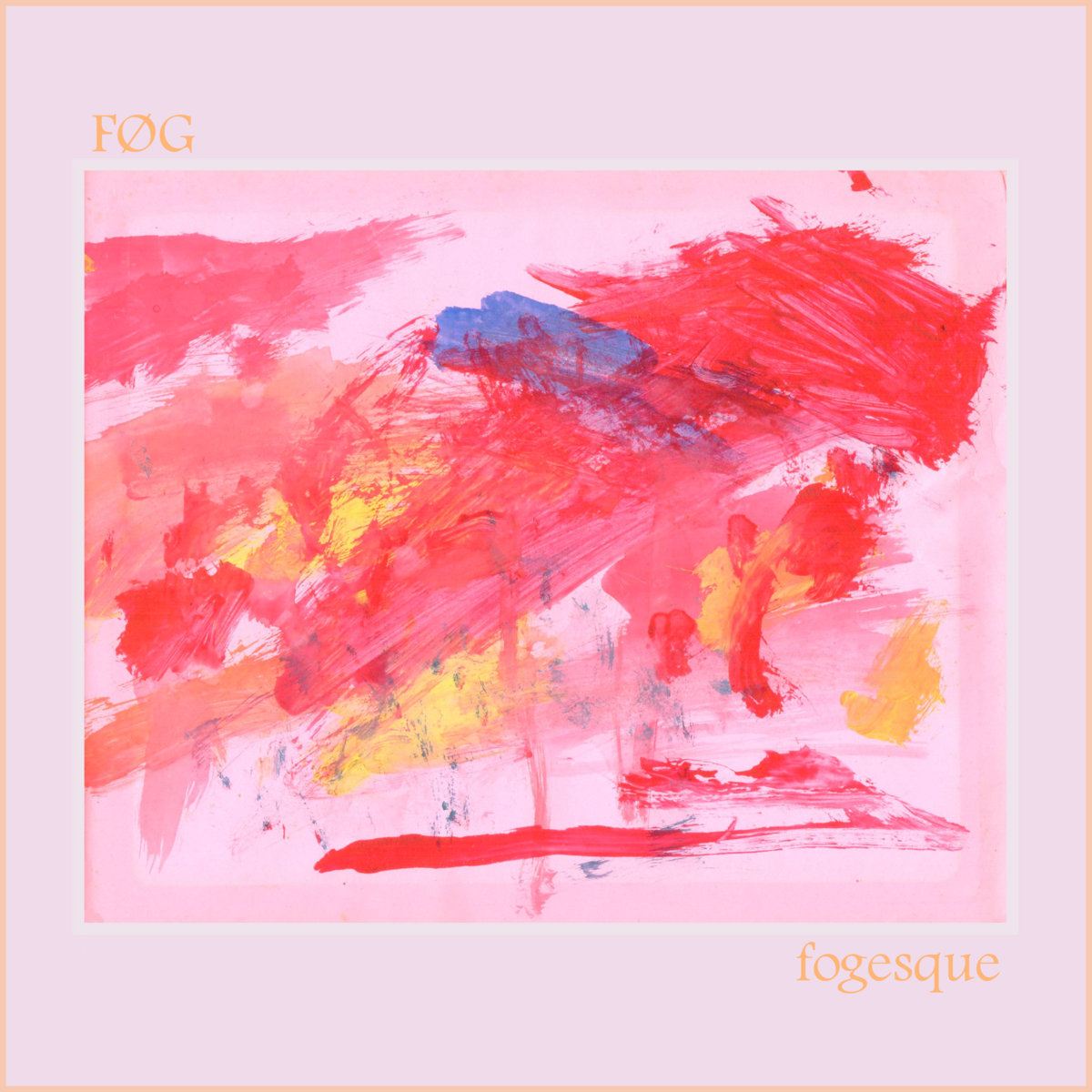
FOG – Fogesque
(South Korea, 2020)
The scents of pleasant herbs and ripe fruits wash all over Fogesque. The tender and dreamy music of Seoul based FOG is possibly the closest we have to an aesthetic sibling to Souvlaki. Somewhat fragile and crystalline, but also robust in its celestial washes, its guitar melodies carry the listener away onto a dream-like journey. It’s an incredibly welcoming and warm album, devoid of violence or bombast, finding perfection in quiet moments of humble sensuality and fascination in surreal stretches when melodies suddenly shift and the spirit drifts off to unexpected memories.

MOTIFS – Remember a Stranger
(Singapore, 2022)
Opening with the sound of ebbing water and divided into “Dawn” and “Dusk” sides, Remember a Stranger conjures a feeling of palpable nostalgia that flows through every second. Combining the power of aquatic shoegaze with glacial pop melodies comparable to Slowdive’s self-titled, yet expanding its songwriting into more dynamic jangle-pop territories, it’s possibly got the highest hit-density of any modern shoegaze record. “hourglass”, “fluorescent”, “remember a stranger” and “lovelost” stand out, but there’s not a single wasted second here. On a list with many strong entries, this could be my personal favorite, and the album destined to invade the ‘pitchforkian’ mainstream.
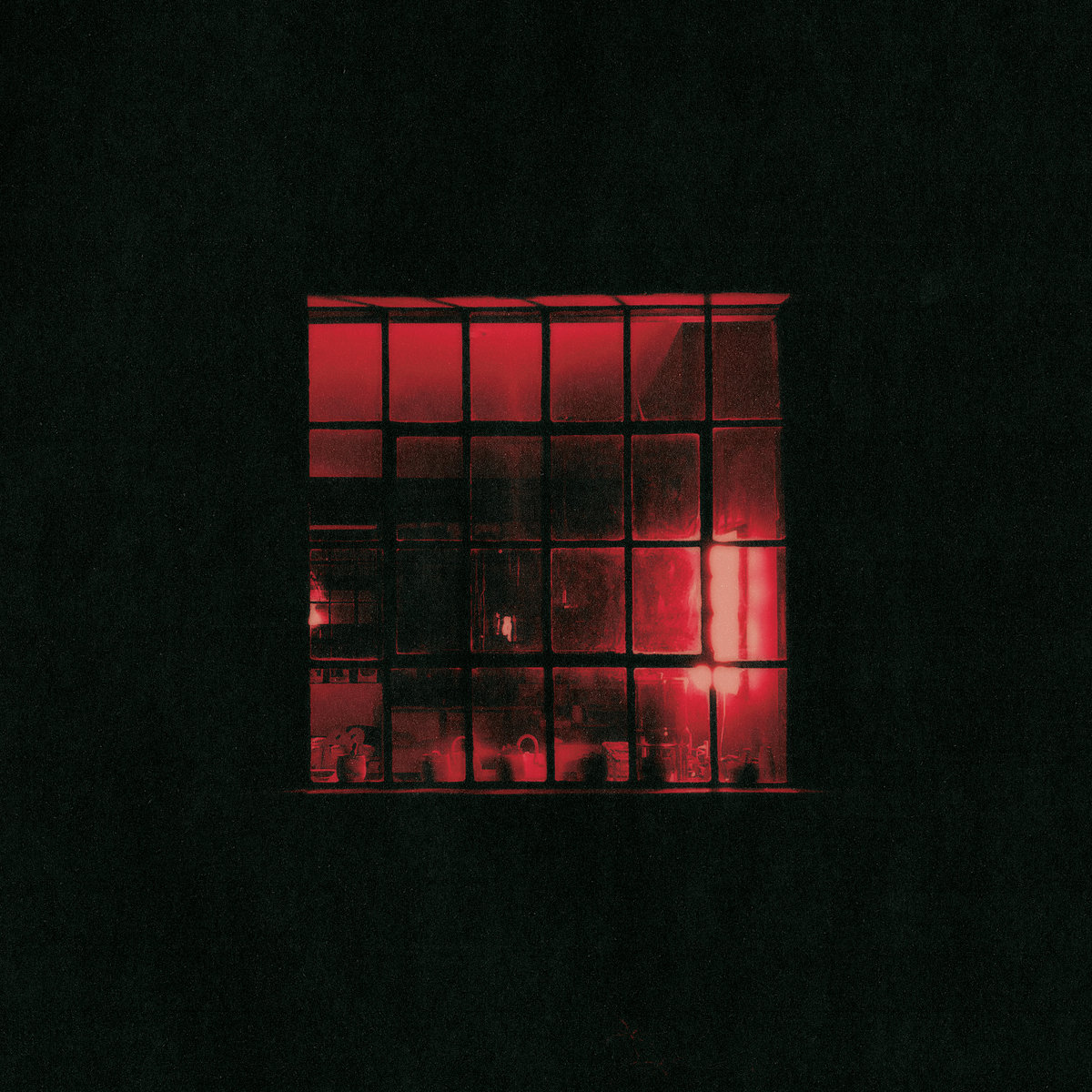
DOTTIE – Thief
(USA, 2022)
Austin’s Haley Conlin had already released a few shoegaze albums under the moniker Dottie when she unexpectedly had to start chemotherapy. Recorded during this time, Thief became her most brazen statement, a hazy and unique release that feels reminiscent of Slowdive’s first EPs and could be compared with early Chelsea Wolfe and Grouper. Hiding drums and vocals behind intense washes of interlocking guitar melodies and gothic bass, the record is an intimate experience, functioning as the “nocturnal” ambient counterpart to Conlin’s daylight oozing debut Part (which is equally recommended). It would be easy to reduce Thief as the diary of a period marked by big struggle, but the music develops its own powerful emotional message, with a charismatic identity to behold.
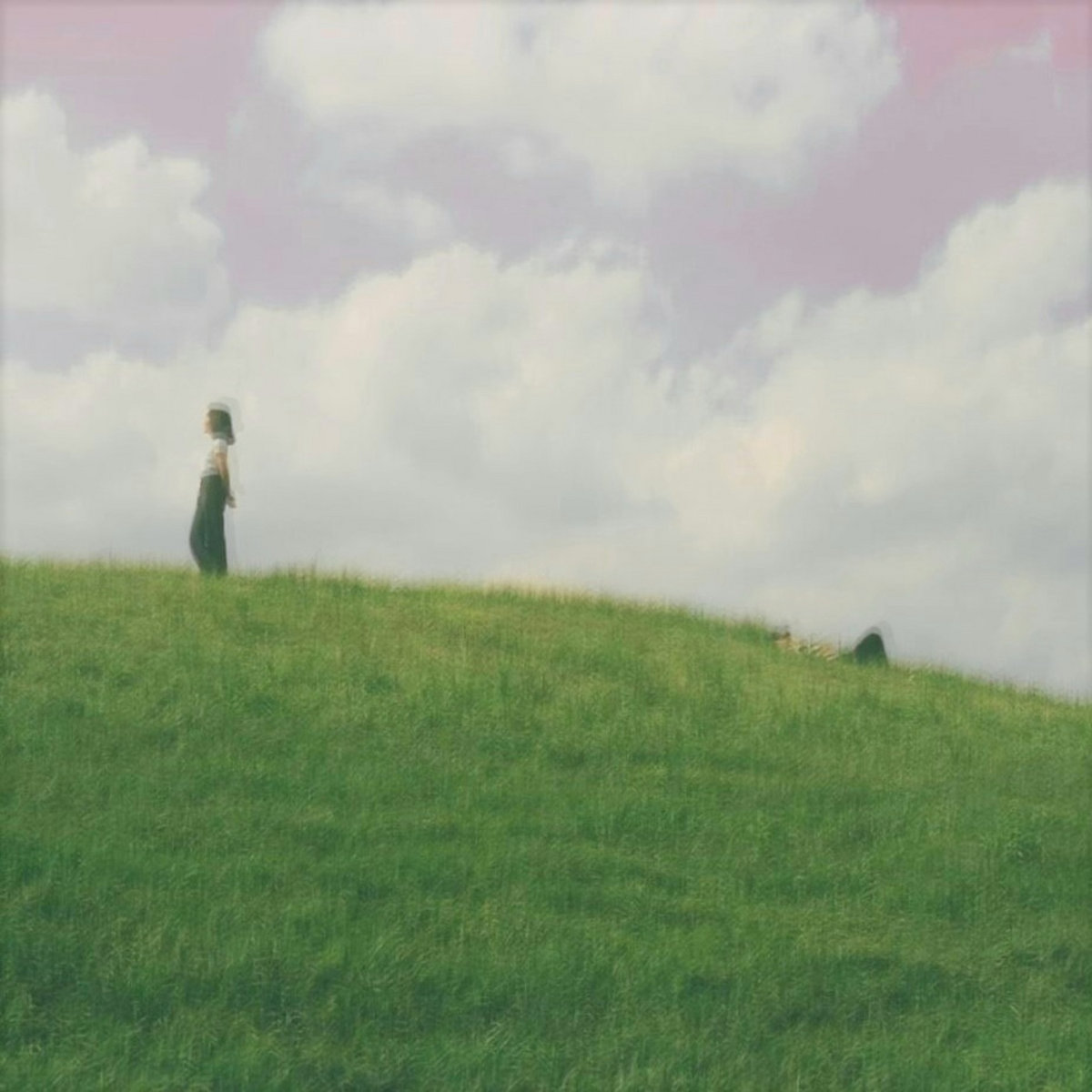
DELLA ZYR – Nebulous You (모호함 속의 너)
(South Korea, 2022)
At 39 minutes, Nebulous You is an EP-in-name-only. A personal study of grief that stretches four song-suites, it expands on Della Zyr’s debut Vitamins and Apprehension (which was one minute shorter and featured only two more songs) in terms of emotional depth and sonic adventurousness. The shoegaze equivalent to Ichiko Aoba’s 0, Zyr has her songs develop into unforeseen directions, adds field recordings and plays with a variety of playing styles. Unlike Aoba, she chooses the maximalist approach of shoegaze, assembling warped synth melodies, manipulating instruments to disintegrate their tone and playing with beats. The result is of immaculate beauty, radiating strength and perseverance.
Listen to a Spotify playlist of selected tracks from these albums

